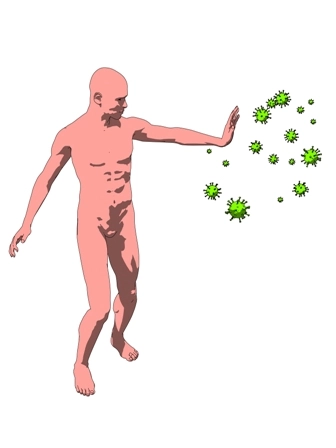Pathology/Lab Coding Alert
Find Specific CF Test and Dx Codes
Question: Our lab received an order for a direct sputum acid-fast stain and culture in a patient who has cystic fibrosis with pulmonary exacerbation. The culture identifies Mycobacteria pneumoniae. What are the correct diagnosis and procedure codes? Ohio Subscriber Answer: The correct procedure code for the acid-fast bacillus (AFB) stain on a direct sputum smear is 87206 (Smear, primary source with interpretation; fluorescent and/or acid fast stain for bacteria, fungi, parasites, viruses or cell types). For the culture, you should bill 87116 (Culture, tubercle or other acid-fast bacilli [e.g., TB, AFG, mycobacteria] any source, with isolation and presumptive identification of isolates). Caution: Although 88312 (Special stains [list separately in addition to code for primary service]; Group I for microorganisms [e.g., Gridley, acid fast, methenamine silver], each) also describes an AFB test, you should reserve this code for when the pathologist performs the stain as an adjunct to an anatomic pathology case using a specimen such as tissue. Code 87206 is a more specific code for an AFB test on a primary source smear specimen. For the diagnosis, you should report E84.0 (Cystic fibrosis with pulmonary manifestations) since the physician clearly stated “pulmonary exacerbation” in the narrative description. Because the lab identified a microorganism, you should report an additional code such as B96.0 (Mycoplasma pneumoniae [M. pneumoniae] as the cause of diseases classified elsewhere) to describe the infectious agent. Cystic fibrosis is an inherited disease that causes the mucus lining the mucosal surfaces of internal organs to become thick, dry, and sticky. This denser mucus (secretions) in the lungs gives bacteria a uniquely favorable place to grow, making CF patients more susceptible to more strains of bacteria than other people.
Related Articles
Pathology/Lab Coding Alert
- Anatomic Pathology:
Study 4 Examples for Correct Soft Tissue Coding
Follow diagnosis-code lead. If you face a pathology report labeled “soft tissue mass,” you might [...] - CCI:
Minimize Edit-Pair Impact on Your Bottom Line
Uncover secrets of PTP modifiers and more. Confusion over Medicare’s National Correct Coding Initiative (CCI) [...] - CCI Version 23.1:
Beware Pathology Consultation with Molecular Test Codes
Catch some interpretation bundles, too. CMS wants to make sure you know how NOT to [...] - You Be the Coder:
Focus Calculi Procedure and Dx Codes
Question: Our pathologist examined a specimen identified as a kidney stone and ordered an infrared analysis. [...] - Reader Question:
Dictate Breast Cancer Diagnosis to 7th Digit
Question: The pathologist examined a breast mass from a 42-year-old male. The surgical report described the [...] - Reader Question:
Mohs Means 1 Physician, 2 Services
Question: Our dermatopathologist removed a squamous cell carcinoma from the patient’s nose and processed it in [...] - Reader Question:
Learn This TC/26 Modifier Trick
Question: Our lab analyst performed a polarized light-microscopy exam of synovial fluid from a patient’s knee [...] - Reader Question:
Find Specific CF Test and Dx Codes
Question: Our lab received an order for a direct sputum acid-fast stain and culture in a [...]




